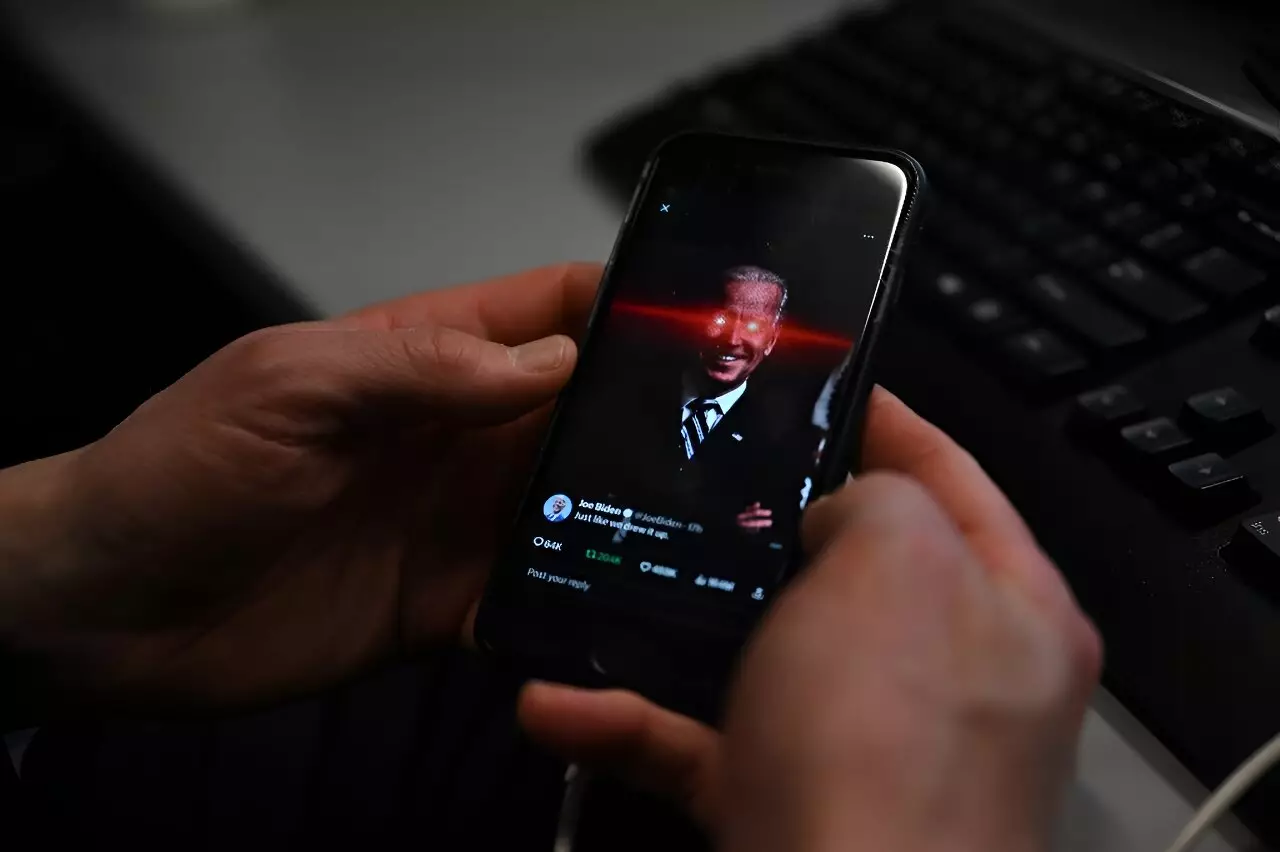US President Joe Biden’s entry into the world of TikTok has ignited a firestorm of debate. On Sunday, during the Super Bowl, the 81-year-old president posted a video on the popular Chinese-owned social media platform in an attempt to connect with younger voters. However, this move has drawn significant criticism from Republicans who argue that TikTok poses a national security threat and should be banned from government devices. Even the White House itself has expressed concerns about the app.
National Security Concerns
The concerns surrounding TikTok stem from its ownership by the Chinese company ByteDance. Many US politicians, both Democrat and Republican, believe that TikTok functions as a propaganda tool for the Chinese Communist Party, an allegation that the company vehemently denies. The worry is that TikTok could potentially harvest user data and provide it to Beijing, compromising national security. These fears have not been assuaged, leading to TikTok’s ban on US federal government devices.
The White House has refrained from directly commenting on campaign-related matters due to election rules. However, it acknowledged the broader concerns about platforms like TikTok, which have the potential to spread disinformation. National Security Council spokesman John Kirby emphasized that there has been no change in the policy regarding the use of TikTok on government devices. White House Press Secretary Karine Jean-Pierre echoed these concerns, stating that it is a matter the administration takes seriously.
Political Backlash against Biden
Republicans wasted no time in criticizing Joe Biden for his TikTok debut. Senator Joni Ernst accused the Biden campaign of joining the Chinese Communist Party’s dangerous propaganda app. Representative Darrell Issa pointed out the contradiction of the campaign embracing TikTok despite its ban on government devices. This political backlash underscores the contentious nature of TikTok’s role in shaping public opinion and information dissemination.
Despite the controversy and significant political opposition, the Biden campaign sees value in engaging with younger voters through TikTok. They believe that using this social media platform will help them connect with a demographic that may be crucial in the upcoming November election. By embracing TikTok and creating light-hearted videos like the one posted on the @bidenhq campaign account, Biden’s team aims to demonstrate their commitment to innovation in political messaging.
Addressing Concerns Over Biden’s Age
The Biden campaign’s foray into TikTok is not only an attempt to reach younger voters but also a strategy to alleviate concerns about the president’s age. Following a special counsel report describing Biden as an “elderly man with a poor memory,” the campaign seeks to present him as a relatable and approachable figure. The video’s playful nature, with Biden joking about conspiracy theories and embracing internet memes like “Dark Brandon,” attempts to humanize and normalize the president in the eyes of the public.
The Biden administration’s decision to engage with platforms like TikTok raises questions about the changing landscape of political communication. Unlike his predecessors, Joe Biden has held fewer press conferences in his first three years, opting for alternative means of connecting with the public. White House Press Secretary Karine Jean-Pierre suggested that this shift is due to an exploration of new media avenues. Biden’s video on TikTok, garnering over 5 million views and counting, exemplifies the administration’s commitment to finding innovative ways to engage with voters.
Joe Biden’s TikTok debut has sparked significant controversy. The debate surrounding the use of TikTok by a US president highlights the divide between those who see it as an innovative tool for reaching voters and those who view it as a serious national security risk. Only time will tell if this move will be viewed as a historic step towards embracing new media in politics or as a misguided decision with potentially far-reaching consequences.


Leave a Reply